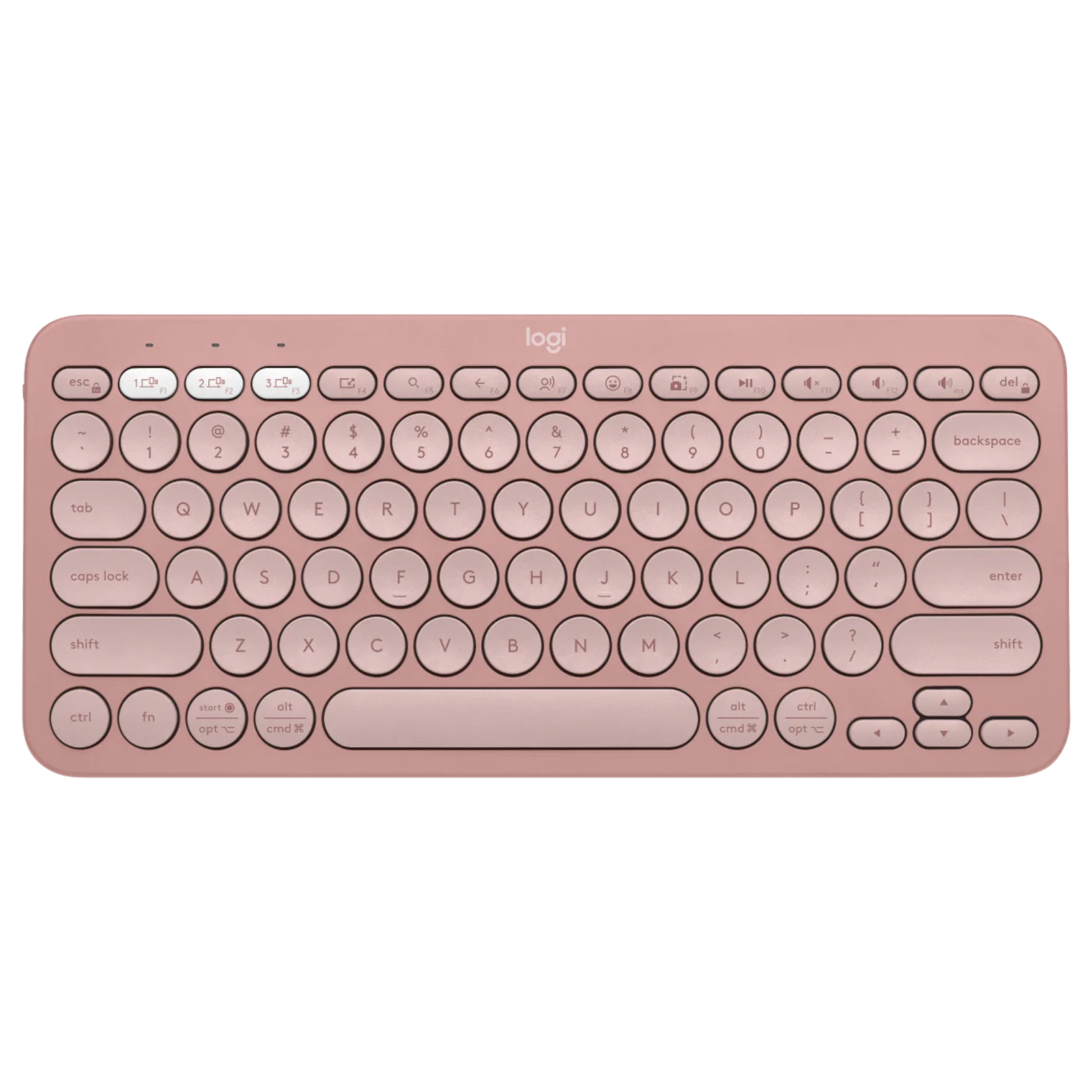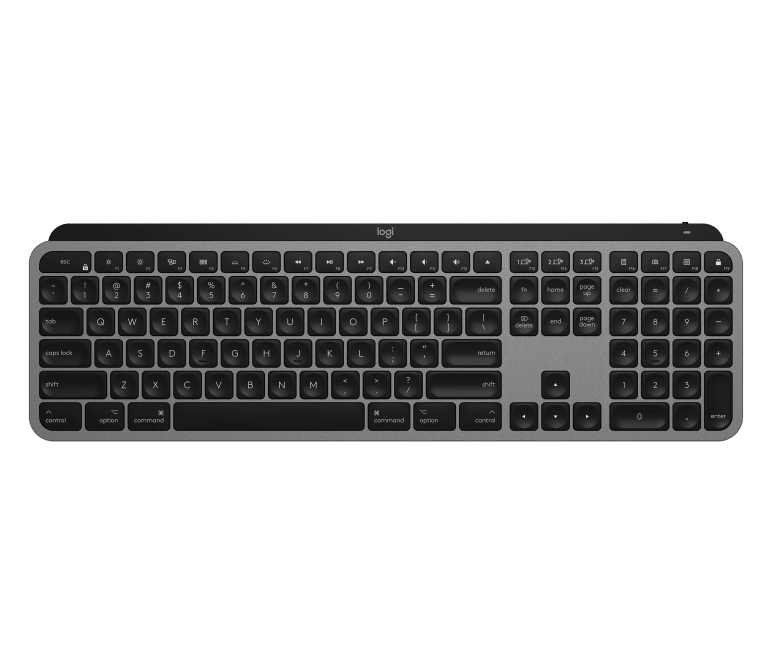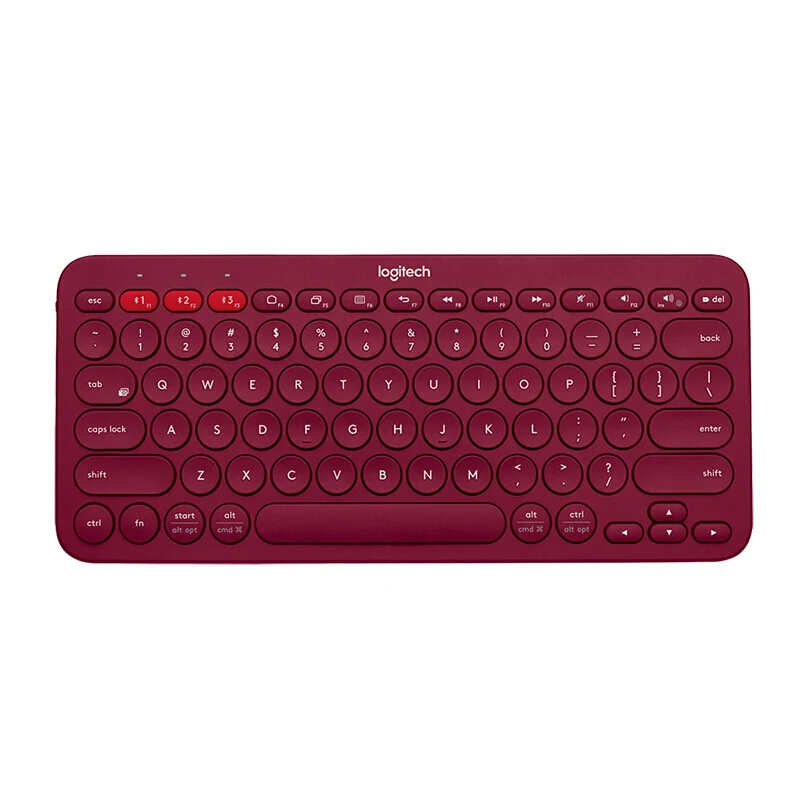In the digital age, wireless peripherals have revolutionized how we interact with technology, offering unparalleled freedom and flexibility. Among these, Logitech keyboards stand out for their ergonomic design, reliability, and compatibility across various devices. However, to harness their full potential, understanding the pairing process is crucial. This comprehensive guide will walk you through the steps of connecting your Logitech keyboard to different devices, troubleshooting common issues, and optimizing your setup for an unmatched typing experience.
Understanding Bluetooth and USB Receivers
The Role of Connectivity Options
Before diving into the pairing process, it’s essential to grasp the two primary connectivity methods offered by Logitech: Bluetooth and USB receivers.
Bluetooth: Wireless Freedom
Bluetooth technology enables wireless communication between devices within a range of approximately 30 feet, eliminating the need for physical connections. Most modern Logitech keyboards feature Bluetooth capabilities, making them compatible with laptops, tablets, smartphones, and even smart TVs.
USB Receiver: Plug-and-Play Convenience
For devices lacking Bluetooth or for users preferring a more straightforward connection, Logitech includes tiny USB receivers with many of its wireless keyboards. These plug directly into a computer’s USB port, instantly establishing a secure link without the need for additional configuration.
Pairing Your Logitech Keyboard via Bluetooth
Step-by-Step Guide for Seamless Connection
1. Enable Bluetooth on Your Device
Begin by ensuring your device’s Bluetooth setting is turned on. On Windows PCs, this can be accessed from the Action Center or Settings. For macOS, click the Bluetooth icon in the menu bar. Smartphones and tablets typically have a toggle in the Quick Settings panel.
2. Prepare Your Keyboard for Pairing
Switch on your Logitech keyboard, usually by pressing a power button or sliding a switch. If the keyboard has a dedicated pairing mode, activate it now. This often involves holding down a specific key (like “Connect” or “Pair”) until an LED indicator flashes.
3. Discover and Connect
On your device, navigate to the Bluetooth settings and initiate the search for available devices. Once your Logitech keyboard appears in the list, select it. You may be prompted to enter a pairing code, which is typically provided in the keyboard’s manual or displayed on the keyboard itself.
4. Confirm and Enjoy
After successfully pairing, your device should confirm the connection. You’re now ready to type wirelessly!
Connecting with a USB Receiver
Effortless Setup in Minutes
1. Insert the Receiver
Locate the small USB receiver included with your keyboard. Insert it into an available USB port on your computer. Avoid using USB hubs as they might cause connectivity issues.
2. Power On Your Keyboard
Switch on the keyboard. If the keyboard and receiver are pre-paired from the factory, they should connect automatically. An indicator light on the keyboard will signal a successful connection.
3. Check for Drivers and Updates
Visit Logitech’s official website and download any necessary drivers or firmware updates for your keyboard model. This step ensures optimal performance and compatibility with your system.
Troubleshooting Common Pairing Issues
Resolving Connectivity Hurdles
Issue: Keyboard Not Detected
- Restart Devices: Turn off both the keyboard and the device, then restart them.
- Remove and Re-insert USB Receiver: Unplug the receiver and plug it back in, ensuring it’s inserted directly into the computer.
- Clear Bluetooth Cache: On some devices, clearing the Bluetooth cache can resolve detection problems.
Issue: Intermittent Connection
- Reduce Interference: Move away from other electronic devices or wireless signals that could interfere.
- Update Firmware/Drivers: Ensure all software related to your keyboard is up-to-date.
- Check Battery Level: Weak batteries can cause connectivity issues; replace if necessary.
Optimizing Your Typing Experience
Optimizing your typing experience with a Logitech keyboard involves several aspects, from choosing the right keyboard to customizing its settings and maintaining a comfortable typing posture. Here’s a step-by-step guide to help you get the most out of your Logitech keyboard:
1. Choose the Right Keyboard
- Layout: Decide whether you prefer a full-size keyboard with a number pad or a compact tenkeyless (TKL) design for more space on your desk.
- Switch Type: Logitech offers various switch types including membrane, scissor-switch, and mechanical. Mechanical switches provide distinct tactile feedback and are preferred by many for their precision and durability. Consider switch types like Cherry MX, Romer-G, or Logitech’s own GL switches based on your preference for clicky, tactile, or linear feel.
- Wireless vs. Wired: Wireless keyboards offer more flexibility in placement but may require battery changes or charging. Wired options eliminate input lag and battery concerns.
2. Customize Your Keyboard
- Logitech Options Software: Install Logitech Options software to customize functions, assign macros, and personalize your keyboard experience. You can reprogram keys, set application-specific profiles, and adjust pointer speed.
- Firmware Updates: Regularly check for firmware updates to ensure optimal performance and fix any known issues.
3. Adjust Typing Ergonomics
- Posture: Maintain a neutral wrist position to avoid strain. Use a wrist rest if needed.
- Keyboard Angle: Some Logitech keyboards have adjustable feet to change the angle. Find the setting that feels most comfortable for you.
- Screen Height: Position your monitor at eye level to prevent neck strain.
4. ** backlighting (if applicable)**
- Adjust the backlight brightness and color (if available) to suit your ambient lighting and personal preference. This can enhance visibility and reduce eye strain in low-light conditions.
5. Battery Management (for wireless keyboards)
- If using a wireless keyboard, monitor battery levels and consider switching off backlighting or using power-saving modes when not needed to extend battery life.
6. Maintenance
- Regular cleaning helps maintain your keyboard’s performance. Use compressed air to remove dust and debris, and wipe the keys with a damp cloth (ensuring it’s not too wet).
7. Pairing (for Bluetooth-enabled models)
- For seamless connectivity, ensure your device’s Bluetooth is turned on and place it within range of your keyboard.
- Follow the specific pairing instructions provided with your Logitech keyboard. This typically involves pressing a dedicated pairing button and selecting the keyboard from the list of available devices on your computer or mobile device.

By following these steps, you can significantly enhance your typing experience with a Logitech keyboard, ensuring both comfort and productivity. Remember, personal preferences play a significant role, so don’t hesitate to experiment with different settings until you find what works best for you.
Conclusion
Pairing your Logitech keyboard, whether via Bluetooth or a USB receiver, unlocks a world of wireless convenience and productivity. By following the steps outlined above and troubleshooting common issues effectively, you can establish a reliable connection and enjoy an optimized typing experience. Remember, regular software updates and thoughtful ergonomics play a vital role in maximizing the potential of your Logitech keyboard. With the right setup, your keyboard becomes an extension of your creativity and efficiency, enhancing every interaction with your digital world.




